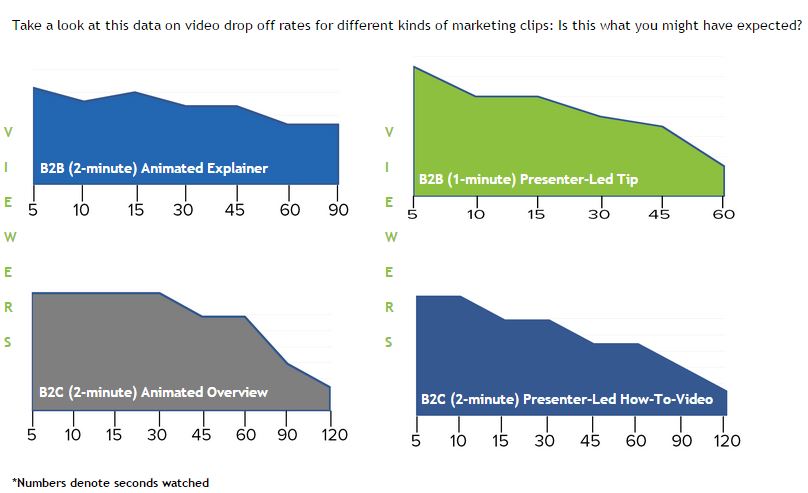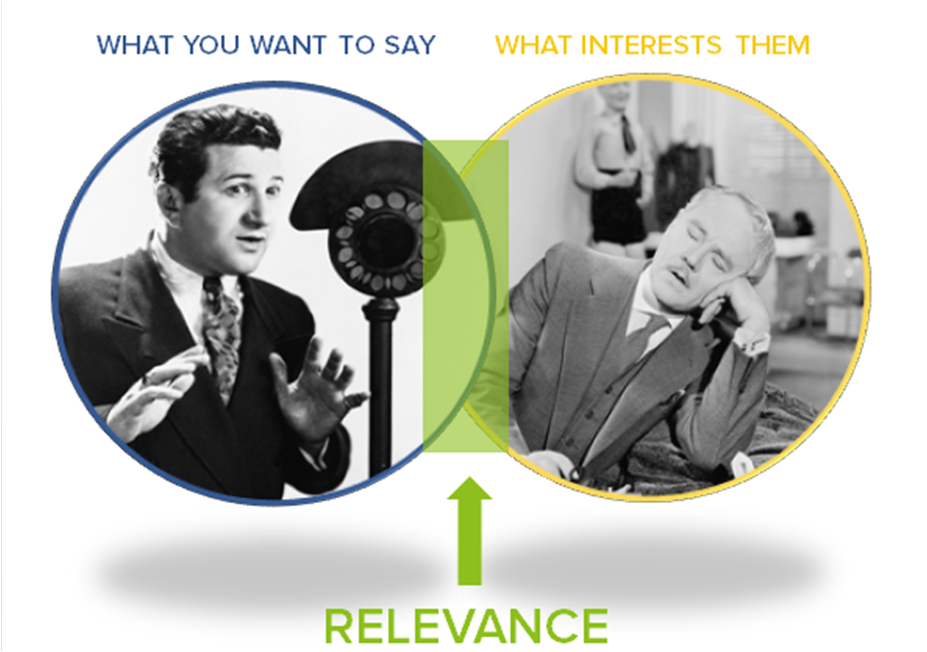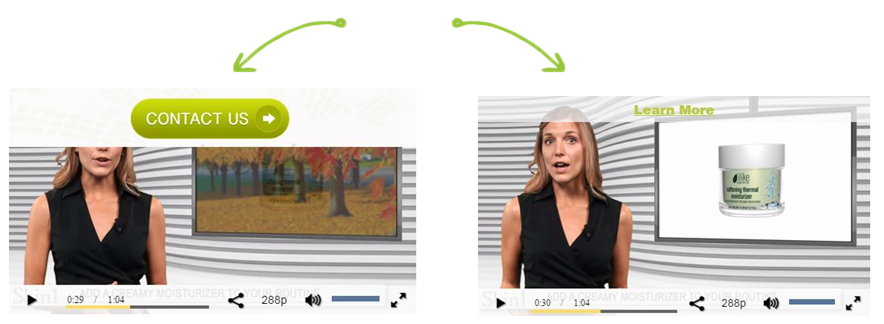If you’re not creating online videos for marketing, you will soon be in the minority. Companies are investing in video this year and they’re finding it’s highly effective. Four of out five consumers would rather watch a video about a product than read a text-only article about it, according to an Animoto study.
However, not all videos are created equally. There are many traps you can fall into if video production isn’t your wheelhouse. I recently interviewed Jeff Lessman, one of Brafton’s video producers, to learn some of his tricks of the trade. Here are his 5 tips for better online video marketing:
1. Keep videos under the 2-minute mark
When you invest in a video for your business, you probably feel pressure to prove ROI. Remember when it comes to video, concision is your friend. We recommend that you don’t go over the two-minute mark for most projects. This will allow for a fast-paced video and concise message.
Zipcar overview
- Length: 40 seconds
- Views: 193k
- Published: May 2015
Kepware Corporate Overview
- Length: 4:33
- Views: 74k views
- Published: August 2013
Looking at companies of varying sizes across industries is like comparing apples to oranges, but it’s easy to see that the video with the longest run time has the fewest views. YouTube only tracks a ‘view’ if someone watches 30 seconds+ of a video.
We’ve looked at data from our clients and found that viewers start to drop off around that 30-second mark, and numbers have dwindled by the 120-second mark (or around two minutes).

Shorter videos have a better chance of engaging audiences. If you produce a video that’s much longer than two-minutes, you risk losing your viewers’ attention. People might only make it past the intro, and then they miss the rest of your message. It’s better to edit your footage down into a short video that quickly gets at the heart the information your audience needs to know.
2. Plan in production time
When you’re scheduling an on-location video shoot, allow plenty of time for setting up and breaking down the set as well as time between shots for:
-
Preparing for the interviewee
-
Adjusting the shot
-
Mic-ing the interviewee
-
Conducting visual tests
-
Doing a couple no-pressure practice runs
Err on the side of being conservative and tell the people you’re interviewing you will need them for longer than you expect the shoot to take. This allows for a smooth transition between interviews.
I know you want to be courteous if you’re asking teammates or members of the C-Suite to participate, and it’s easier to ask for 15 minutes of their time than an hour. But it’s better to ask for an hour and get really good shots than to rush through the shoot and make them late for their other meetings.
And for an easy shoot, prepare the interview subjects in advance. Send them questions you will ask on camera so they can prepare answers and let them know what to wear on the day of the shoot. Not sure what to tell them? Here’s a guide our video team put together about how to look good on camera.
3. Use professional equipment (Your phone’s camera isn’t good enough)
There are a lot of marketers out there who say you can make a good video on your smartphone. I feel compelled to disagree. If you wanted a polished, finished product that looks high-quality and feels professional, it needs to be filmed with professional equipment. The fact that your smartphone has a camera isn’t an excuse to use it for your marketing videos.
Compare these three videos:
This Vine was filmed on an iPhone:
This video is an on-location shoot filmed by one of our videographers:
There’s an obvious difference in quality. And the point I’m trying to make is these cameras and filming styles should be used for different purposes. I wouldn’t recommend shooting a corporate overview on a smartphone. It won’t come out as well as if it were done on high-quality equipment, produced by a talented videographer and edited by professionals.
However, a smartphone video might be more appropriate for projects like Vines, or promo videos for social media that will only show up at the top of feeds for a few minutes.
4. Find interesting content for your video (aka don’t be too promotional)
Your video doesn’t have to be all about your business. This is one mistake companies frequently make. Because they’re investing a lot of marketing dollars into the project, they want to make sure viewers understand who they are and what they sell.
The truth is, you can share any message that you think your customers would be interested in. Some of the most successful videos have loose ties to the brands that produce them. Take Friskies Dear Kitten video, for example. The entire video was a narrative about two cats with just a reference to the cat food towards the end – and no mention of the brand:
Your audience cares more about the story, the tips, the emotional connection. If they don’t get any value of out of your video, they won’t remember it. If they do get value out of it, they will remember who you are and form a positive impression of your brand.
5. Don’t forget a CTA
Even though you don’t want your video to be too promotional, you do want it to be a marketing tool for your company. You need a call to action (CTA) so you can drive people back to learn more information about your products and services. These shouldn’t interrupt the user experience, they should complement it.
Here are some examples of CTAs we show at the top of videos once viewers hit a certain benchmark in the content (such as :30 seconds viewed, or if someone hits pause):
These kinds of CTAs give viewers an option to take an action, even if they don’t watch the video through the end.
There are also CTAs that come up on the screen after a video is finished playing:
These tell viewers how they can get in touch with you if they’re interested in learning more about your business. They can also be used to promote an eBook or a downloadable resource that your audience might find useful. In marketing terms, this means opportunities to generate leads through video content.
No more basic marketing messages, make memorable brand videos
People expect to see videos that have a clear narrative and a memorable story. When you’re creating a marketing video, think about it from a user’s perspective. What would that person want to watch? Is the video you’re creating going to leave a positive impression on that viewer? Is there something unique in it that let’s them know it’s your brand’s video? These are the questions that will help take your video from a basic marketing message to a memorable brand video.








